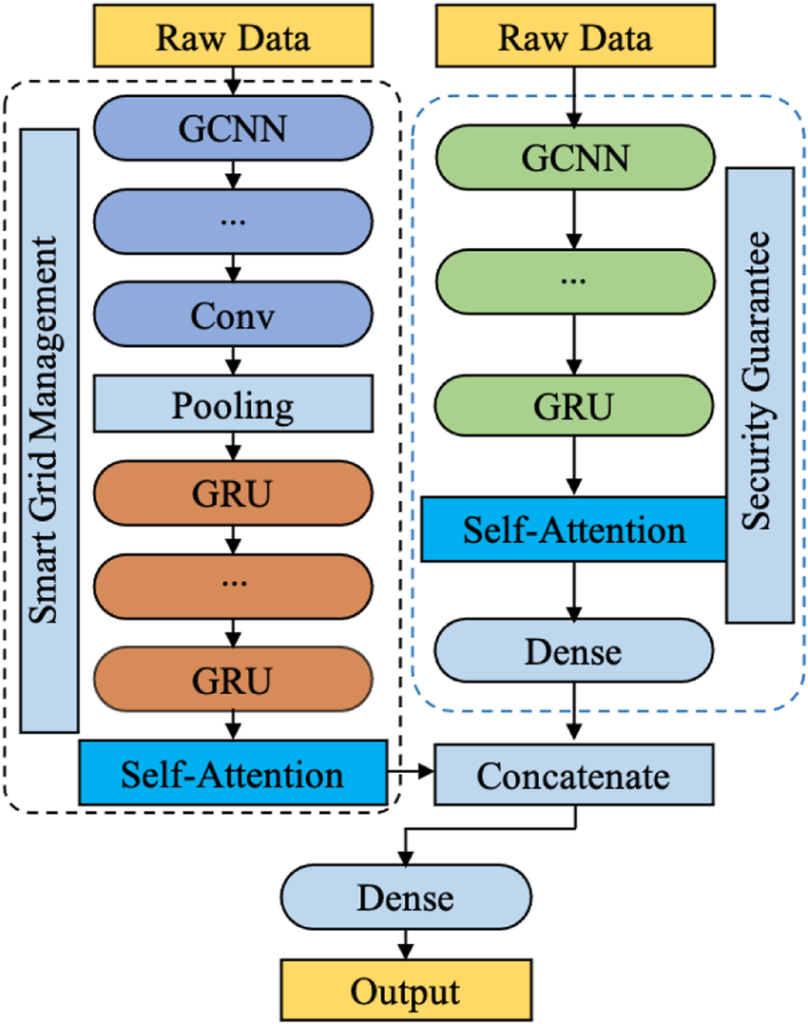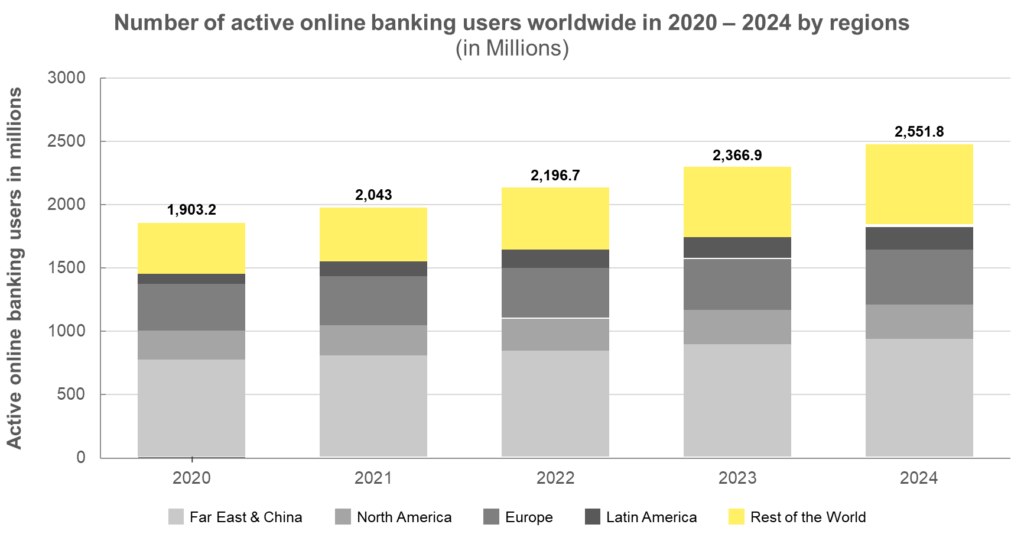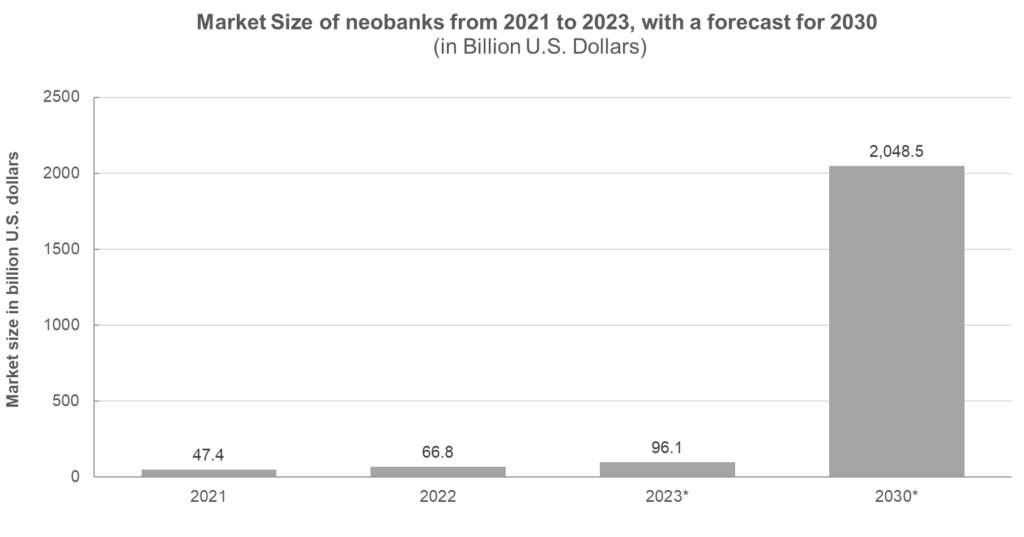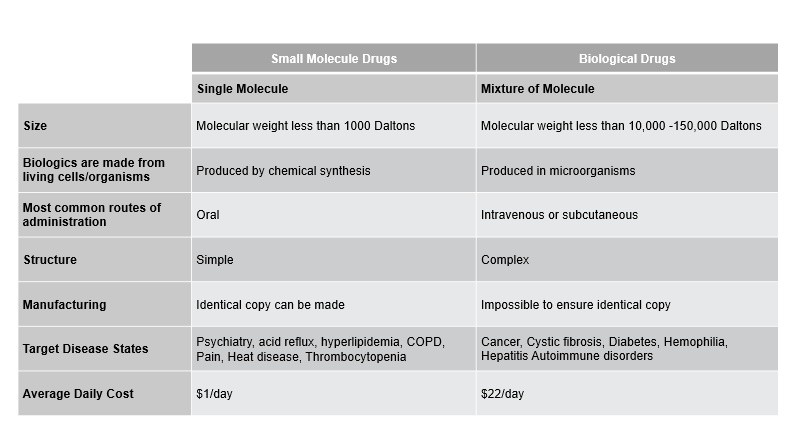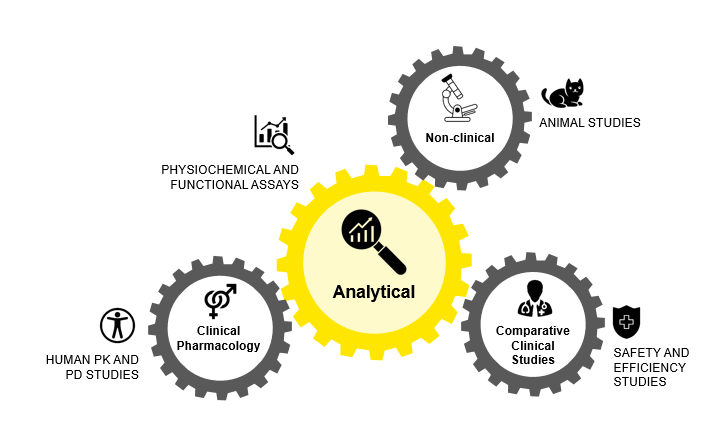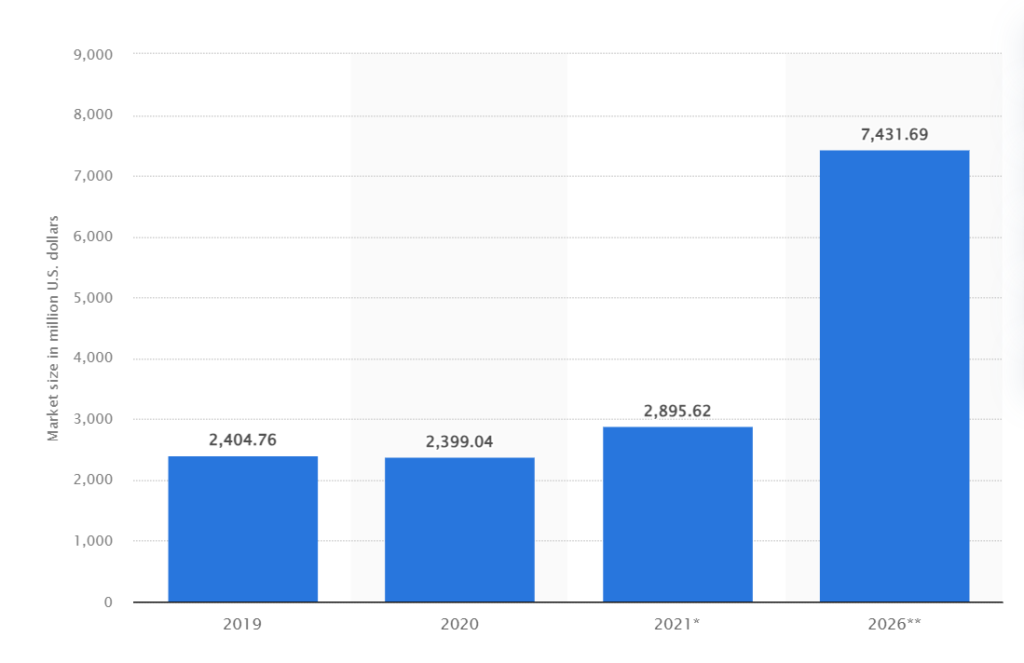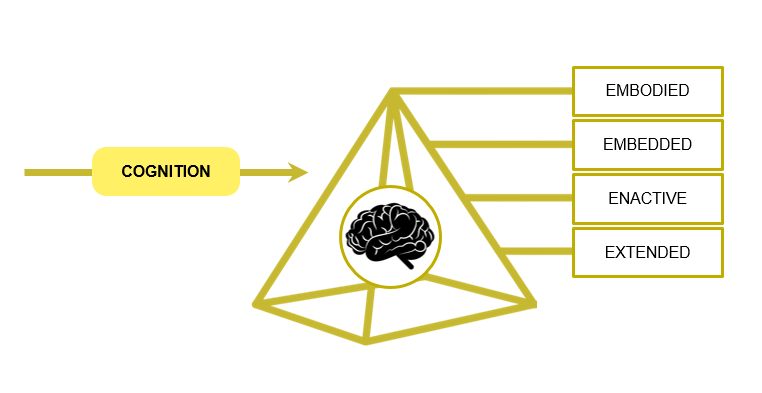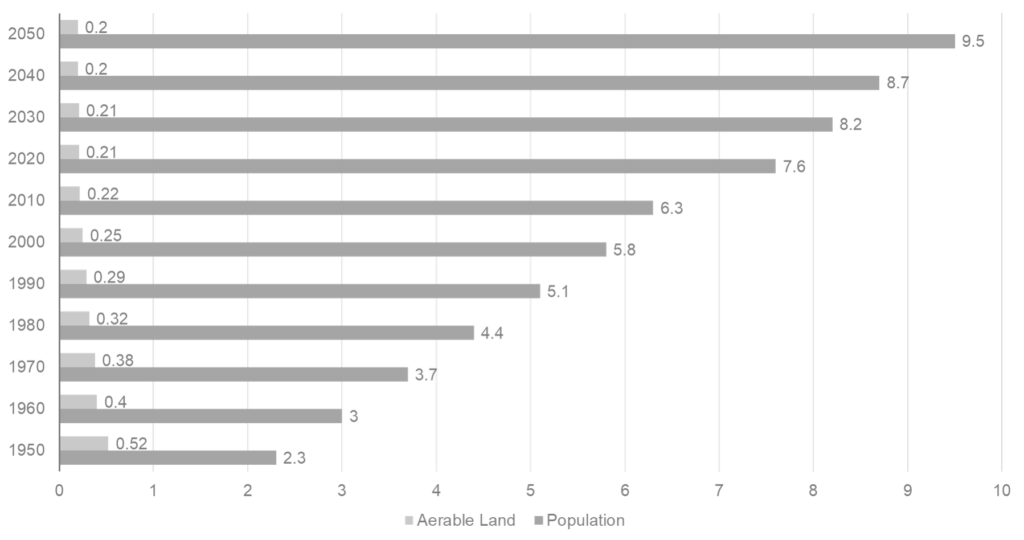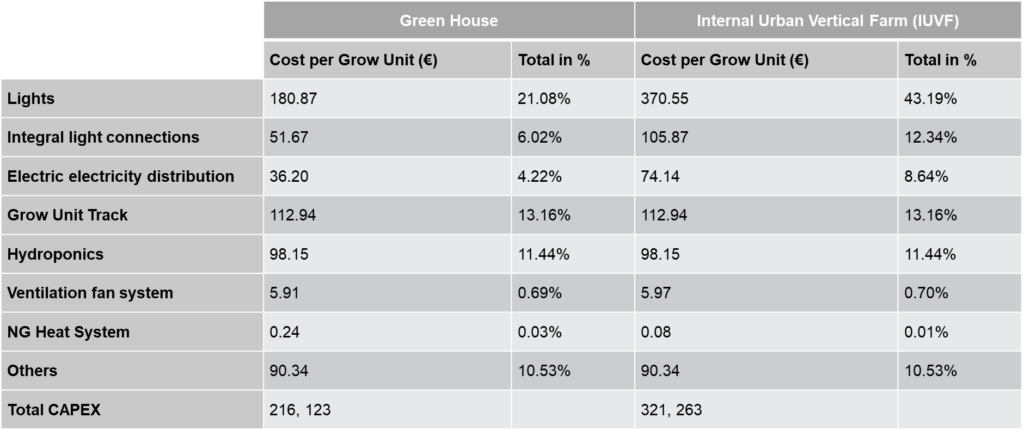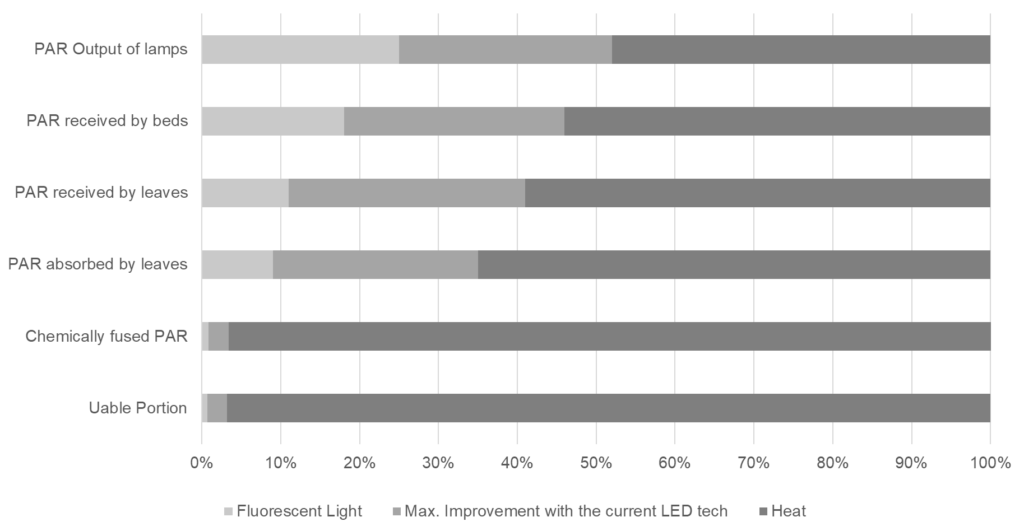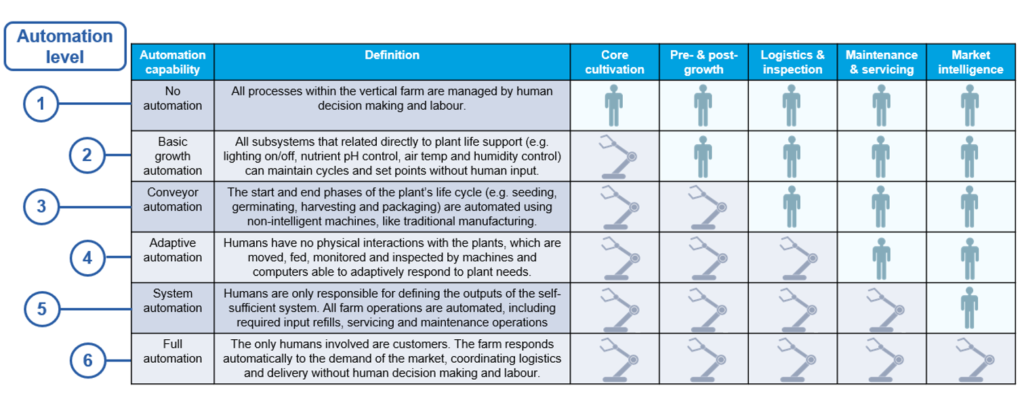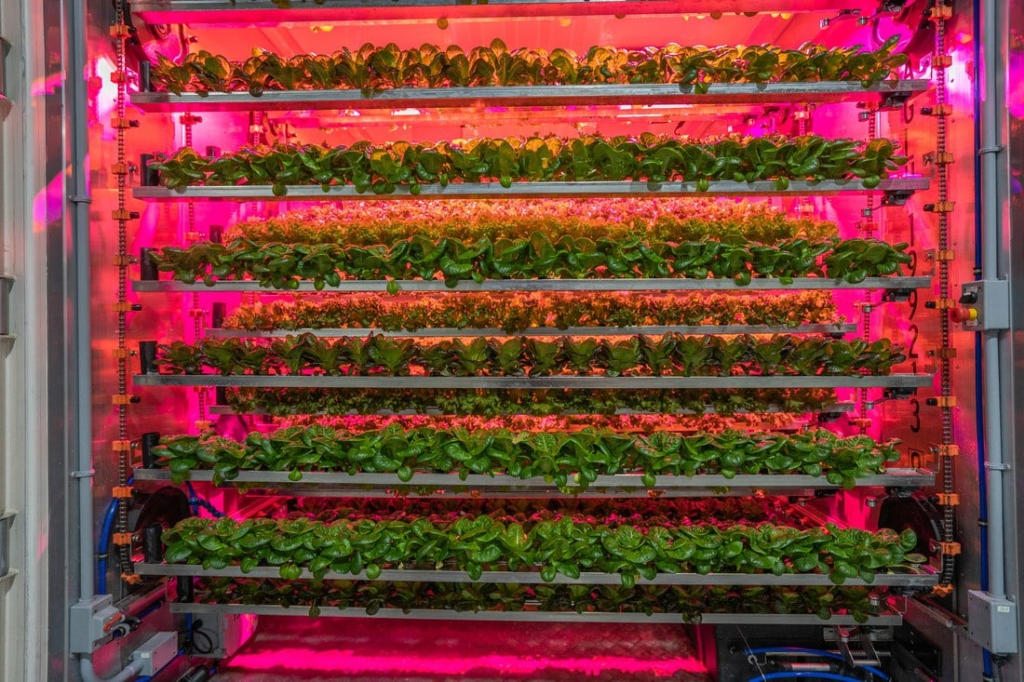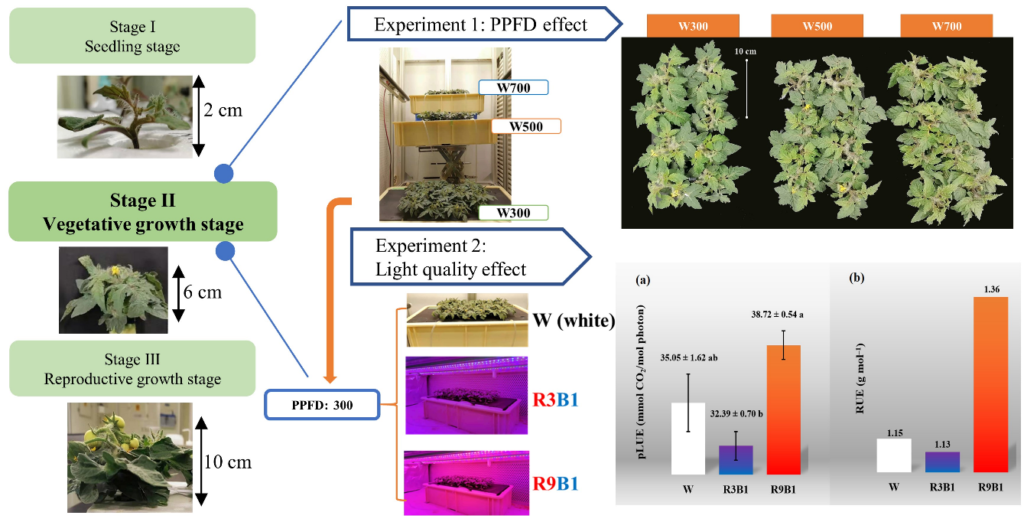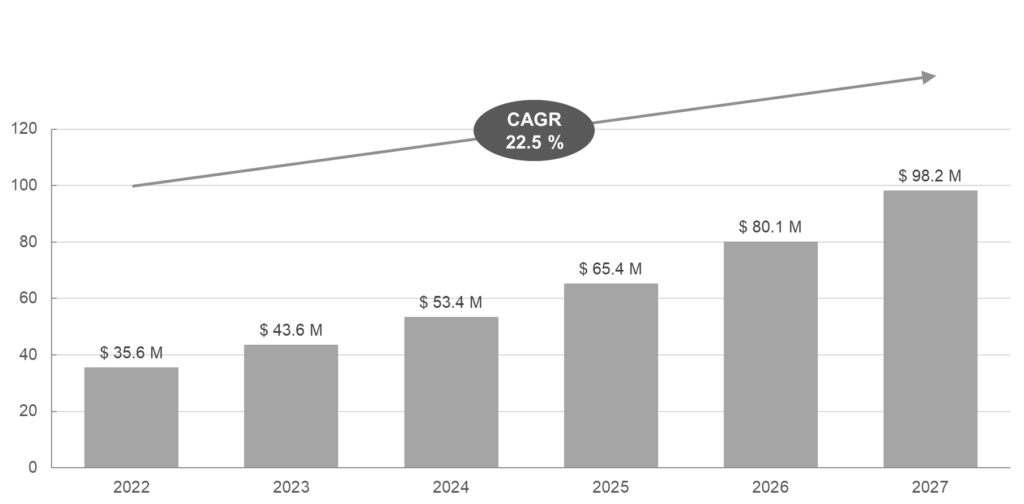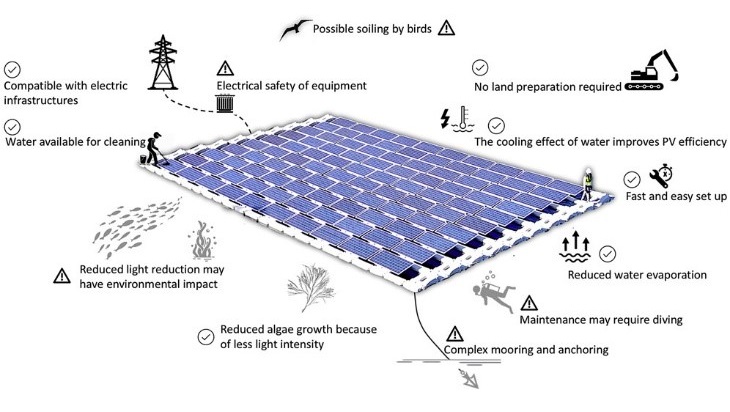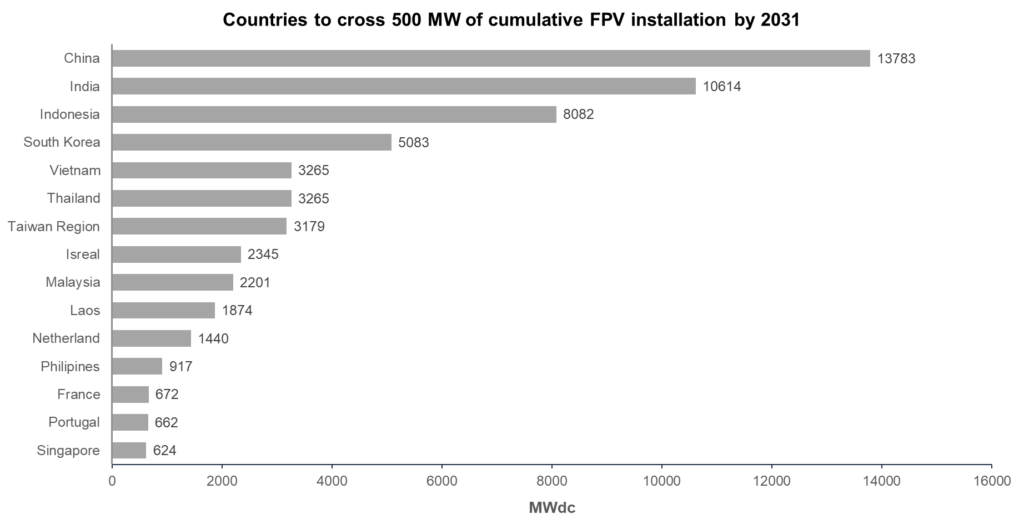As cricket’s frenzy dawned with the onset of the Cricket World Cup 2023 in India, around one-third of the world seemed gripped by the sport’s fever. Coupled with its humongous following, it has led the sport to infuse billions of dollars into the video game or virtual gaming industry. Companies are capitalizing on merchandise and high-end video games to make the most of cricket’s opportunity.
Cricket, fans, and virtual reality can be considered a perfect trilogy. Cricket has over 2.5 billion fans worldwide, second to only soccer fans. Visibly, today, cricket has been transformed more into a 360-degree product. Cricket lovers want to experience their sporting religion replete with technological sundries.
Virtual Reality in Sports: Capitalizing AR-VR Market During Cricket World Cup 2023
The AR-VR market is growing daily and reached US$31.12bn in 2023. Anticipated revenue growth from 2023 to 2027 is set at a compound annual growth rate (CAGR) of 13.72%, projected to yield a market volume of US$52.05 billion by 2027.
The global metaverse market was estimated at 65.5 billion U.S. dollars in 2022. It is anticipated to increase to 82 billion U.S. dollars in 2023 and then experience a significant surge, reaching 936.6 billion U.S. dollars by 2030.
Cricket enthusiasts use VR headsets to enjoy an immersive 360 cricketing experience from the comfort of their homes. iB cricket has brought fans, and the Metaverse is enhancing the online experience. With the ICC Cricket World Cup 2023 approaching soon, more people are keen on exploring VR tech to take their fan experience to the next level. Online and offline sports experiences have intertwined in the light of next-level augmented sports offerings. In the virtual world, fans can access their favorite players’/teams’ breakout sessions and live chat options and play the game. Moreover, they can have fun with, among many other features. In this blog, we bring you closer to the world of VR in sports and how Metaverse has entered the cricket arena.
Virtual Reality in Sports: iB Cricket
Imagine entering the fully packed lookalike Eden Gardens Stadium, the Oval, or the MCG stadium and holding a customized cricket bat. iB Cricket has made this a reality, and one can fully immerse themselves in the game of cricket. Now, even one can go for pro-game options like the Play the Ultra Insane Difficulty game, Pro Tournament, and PVR vs. Battle.
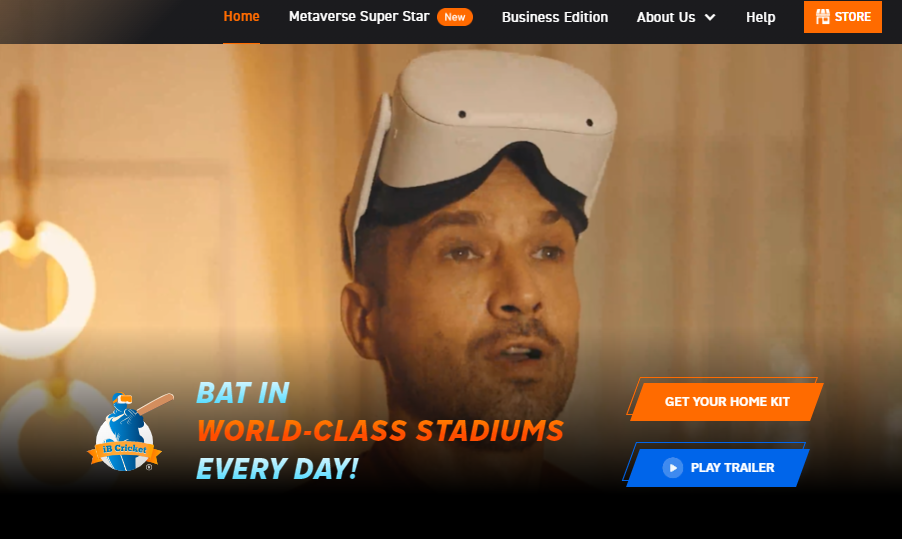
Source: iB Cricket
ICC World Cup 2023
Ten world-class cricket teams faced each other in the 13th ODI Cricket World Cup from 5 October to 19 November 2023. Virtual reality was a considerable part of the ICC Cricket World Cup 2023, which saw a $2.4 Billion/19932 Crore economic impact in India, the UK, and Australia alone.
Inspired by the Metaverse, 2023 CWC mascots were originals of a distant cricket utopia, Cricketverse. They were named Blaze and Tonk, and young/older fans can interact with them at stadiums and on their official app/mobile game. The International Cricket Council has sought proposals earlier for creating a Metaverse W3 experience for their younger cricket fans and to educate/engage them virtually via avatars about the Cricket World Cup 2023.

Image: ICC-Cricket
Virtual Reality in Sports: Pakistan Super League Launches Metaverse
Islamabad United, the professional Twenty20 cricket team competing in the Pakistan Super League (PSL), launches its Metaverse in Decentraland. The team’s virtual stadium is named as U-Meta Stadium. Fans and supporters can meet players’ avatars and virtually explore various areas like players’ locker rooms, fan areas, and player lounge areas in U-Meta. The Metaverse visitors in U-Meta stadium can also take part in various challenges and interactive experiences. Fans stand a chance to win digital kits, online assets, and franchises’ memorabilia. Not just this, the PSL had their player kit unveiled in the U-meta itself instead of veiling it offline.

Image: National News
Virtual Reality in Sports: ECB Board Develops ‘The Hundred’
In partnership with Sky Sports, the England & Wales Cricket Board created an AR experience app, the Hundred. The essential thought behind the idea is that fans, families, and new viewers will be able to meet the players from anywhere. The cricket hero avatars were created by Dimension Studio with motion capture technology, and the app UI was built by Unity. Cricket fans get to meet their favorite players on mobile and through WebAR in any shape and size, literally! With virtual reality and AR in action, game viewers can watch the cricket games in super slow motion. They can see in full detail the top skills of players. Enter the 360 view of the stadium and have access to all the game details from the tap of a button.

Image: The Hundred App
Virtual Reality in Sports: NBA Next-Level Virtual Fans’ Experiences
During the SARS-CoV-2 virus, the NBA 2019-20 season created a virtual experience, with over 300 fans invited to appear live virtually to attend the game. As with the advent of 5G in India, the NBA’s app incorporates augmented, virtual, and mixed reality to bring authentic, immersive experiences to Indian NBA fans.
World over, fans interacting on the latest NBA app will see an array of new features. The feature can allow fans to scan via the app to enter live NBA games and play as virtual avatars. VR tech will make it possible to explore experiences that were impossible before. Fans can meet players at the locker rooms and see the life of a professional athlete up and personal.
Everyone can’t go to the stadium often and enjoy their favorite sport. To address this and use the latest tech, the NBA built the official esports NBA 2K League in partnership with Take-Two Interactive Software Inc. Virtual reality is making it possible for fans to consume their favorite sport in unconventional ways. Also, it may provide opportunities to win substantial cash prizes.

Image: 2K League NBA
Play 3D Multiplayer Cricket with ‘Cricket League’
Cricket fans have choices perfectly matched with multiplayer and virtual games like Cricket League. The app allows one to play cricket from anywhere and with anyone worldwide. The game offers an excellent 3D version, smooth cricket gameplay, and over 25 characters. It also provides a chance to play cricket at a leading world location. Fans can build their dream team by winning matches and, subsequently, coins and even new types of balls to improve their winning chance.

Image: Google Play
Closing Words
Cricket is often said to be an ’emotion’ that can connect diverse people instantly and profoundly. Then sport is anything that’s done as pleasure, for upping skills, and involves competitive energy. Virtual reality has made cricket sport more personalized, local, and global. As we know, the revenue for cricket mostly comes from broadcasting rights, sponsors, and, lastly, through ticketing.
It is satisfactory for ICC and other national cricket boards to diversify their revenue pool online with virtual reality offerings, Metaverse experiences, and virtual immersive games. Cricket fans, especially youngsters, are truly enjoying the VR and AR experience with friends, family, and newly found connections worldwide. These technological advancements’ appeal and approach have really brought sports professionals closer to their fans and audiences.






